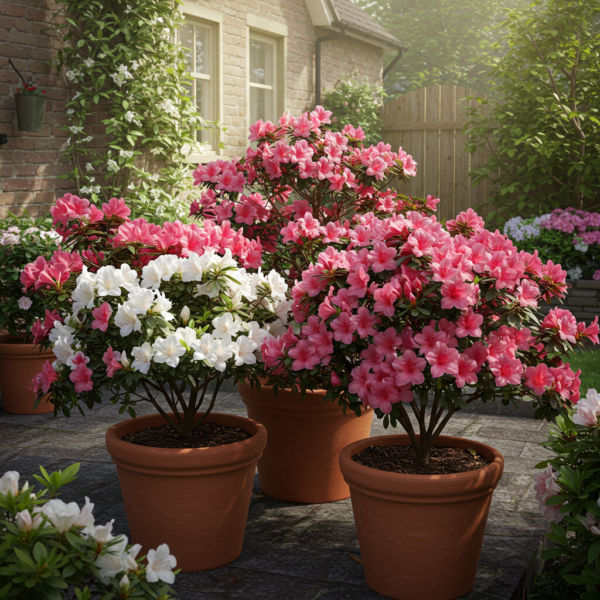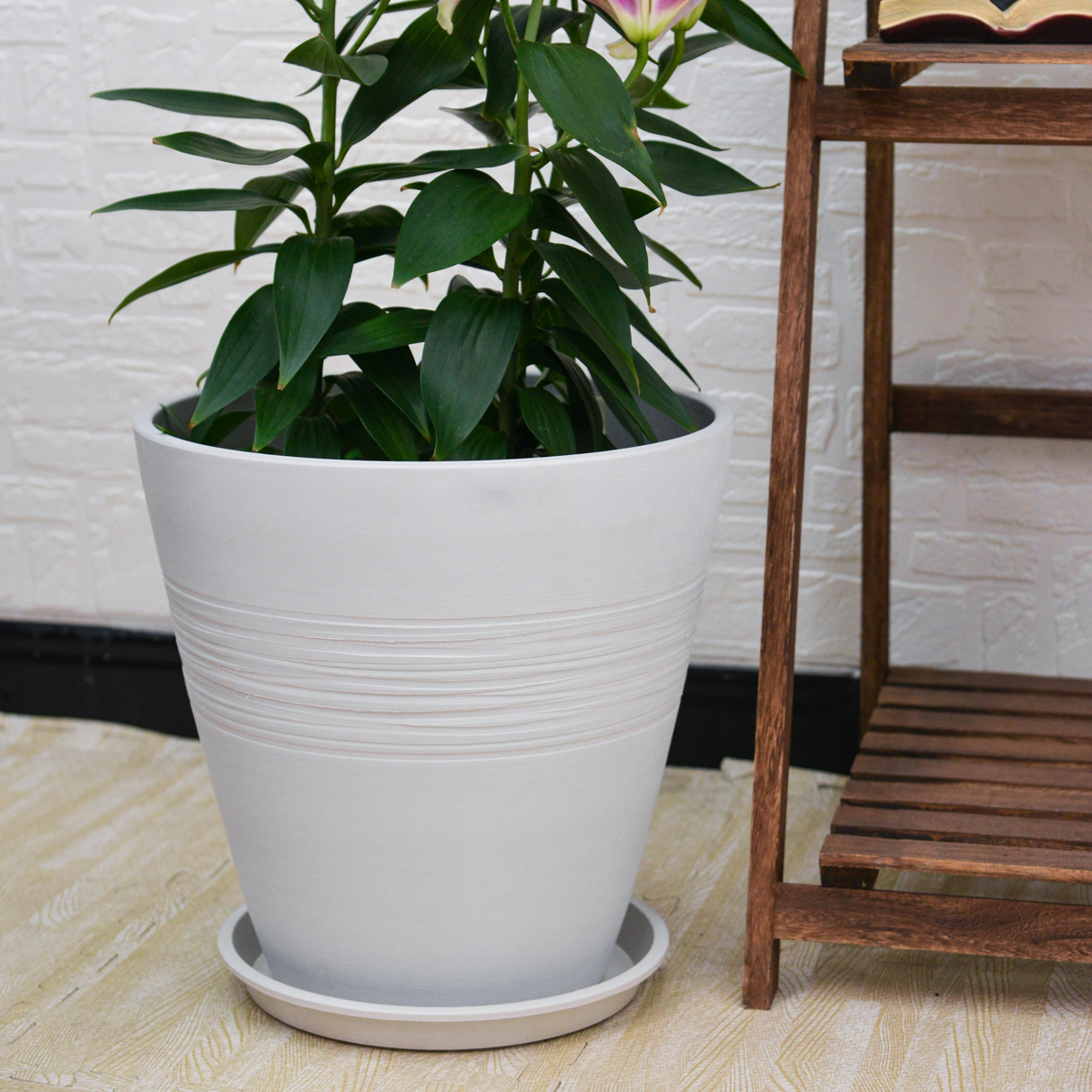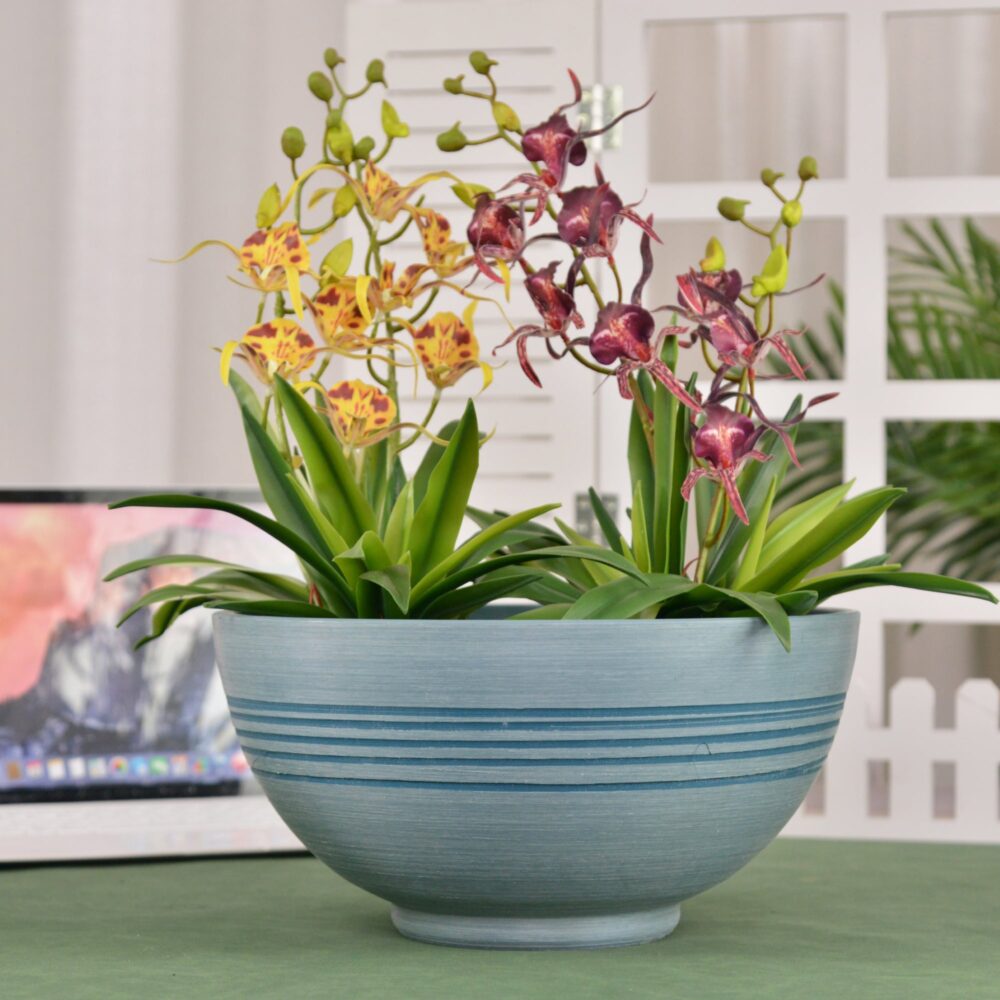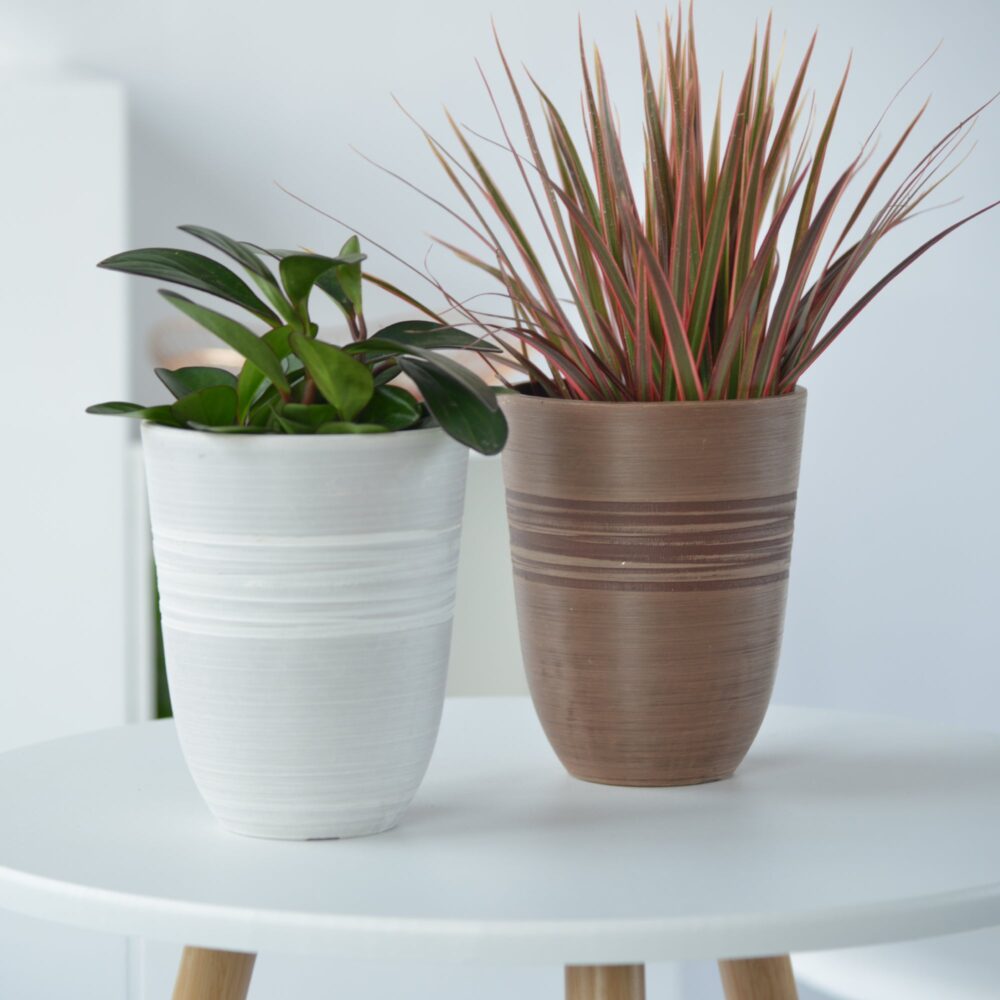Growing Azaleas in Pots: Container Gardening Guide for Home Gardeners
Azaleas are stunning flowering shrubs that can thrive in containers, bringing vibrant color and elegance to patios, balconies, and smaller garden spaces. Container gardening with azaleas offers flexibility and allows you to enjoy these beautiful plants even without a traditional garden bed.

Azaleas
Key Features of Azaleas:
- Flowers: Azaleas are celebrated for their profusion of brightly colored, trumpet-shaped flowers in spring. Blooms come in a wide range of colors, including pink, red, orange, purple, white, and bi-colors. Flower forms can be single, semi-double, or double, depending on the variety.
- Types: Azaleas belong to the Rhododendron genus. There are thousands of azalea cultivars, but some popular types for container gardening include:
- Dwarf Azaleas: Varieties like ‘Hinodegiri’, ‘Pink Perfection’, ‘Coral Bells’, and ‘Girard’s Pleasant White’ are well-suited for pots due to their compact size (typically 2-4 feet tall and wide).
- Evergreen Azaleas: Maintain their foliage year-round, providing continuous greenery. Many dwarf varieties are evergreen.
- Reblooming Azaleas: Some varieties, like the ‘Encore Azalea’ series, offer blooms in spring, summer, and fall, extending the flowering season.
- Size: Azaleas vary in size, but dwarf varieties are ideal for containers, generally reaching a manageable size of 2-4 feet in height and width. Even larger azaleas can be grown in appropriately sized pots with proper pruning.
- Hardiness: Azalea hardiness varies depending on the species and cultivar. Most garden azaleas are hardy in USDA zones 6-9, although some are more cold-hardy (zones 4-5) or heat-tolerant (zone 10). Choose varieties suited to your local climate.
- Maintenance: Azaleas are considered moderately easy to care for, especially when their specific needs are met. Key requirements include acidic soil, consistent moisture, and appropriate pruning.

Azaleas
Growing Azaleas in Pots at Home:
1. Choosing the Right Pot:
- Material:
- Terracotta or Clay Pots: Excellent drainage and breathability, which is beneficial for azaleas. However, they dry out faster, requiring more frequent watering, and can crack in freezing temperatures.
- Plastic Pots: Lightweight, retain moisture better than terracotta, and are less prone to cracking in cold. Choose high-quality plastic pots with good drainage holes.
- Resin or Composite Pots: Offer a balance of durability, lighter weight than terracotta, and good moisture retention. Look for those with drainage holes.
- Size: Select a pot that is appropriately sized for the azalea variety. For dwarf azaleas, start with a pot that is at least 12-16 inches in diameter. Larger varieties will need bigger pots. The pot should be deep enough to accommodate the root ball and allow for future growth. Overpotting (using a pot that is too large) can lead to soggy soil.
- Drainage: Excellent drainage is crucial for azaleas. Ensure the pot has ample drainage holes at the bottom. You can add a layer of gravel or broken pottery at the base of the pot to further improve drainage, although this is not always necessary if using a well-draining potting mix.
2. Planting:
- When to Plant: Spring or fall are the best times to plant container azaleas.
- Potting Mix: Use an acidic potting mix specifically formulated for azaleas, rhododendrons, and camellias. These mixes are typically peat-based and have a lower pH that azaleas prefer. Avoid using garden soil, which can be too heavy and poorly draining in containers.
- Planting Process:
- Fill the pot with acidic potting mix, leaving enough space for the root ball.
- Gently remove the azalea from its nursery container and loosen any circling roots.
- Place the azalea in the pot, ensuring the top of the root ball is level with the potting mix.
- Backfill around the root ball with potting mix, gently firming it.
- Water thoroughly until water drains from the bottom of the pot.
- Add a layer of mulch (pine bark, pine needles, or shredded leaves) around the base to help retain moisture and suppress weeds.
3. Care:
- Watering: Container azaleas dry out more quickly than those planted in the ground. Water deeply and regularly, especially during hot, dry weather. Keep the soil consistently moist but not waterlogged. Check soil moisture regularly by feeling the top inch of soil. Water when it feels slightly dry to the touch. Use rainwater or distilled water if your tap water is hard or alkaline.
- Sunlight: Place container azaleas in a location that receives morning sun and afternoon shade, or dappled shade throughout the day. Avoid harsh afternoon sun, which can scorch leaves and flowers, especially in hotter climates.
- Soil pH: Maintain acidic soil (pH 4.5-6.0) for optimal growth and flower color. Test soil pH annually and amend with soil sulfur if needed to lower pH. Acidic fertilizers can also help maintain pH.
- Fertilizing: Fertilize container azaleas in early spring and again lightly after the spring bloom. Use an acid-loving plant fertilizer formulated for azaleas and rhododendrons. Follow fertilizer package instructions carefully and avoid over-fertilizing.
- Pruning: Prune container azaleas lightly immediately after they finish blooming in spring. Remove spent flowers (deadheading) to encourage bushier growth and potentially more blooms. Shape lightly as needed to maintain desired form. Avoid heavy pruning, which can reduce flowering.
- Overwintering: In colder climates (zones colder than the azalea’s hardiness), container azaleas will need winter protection.
- Move Pots to a Sheltered Location: Move pots to an unheated garage, shed, or basement to protect roots from freezing. Water sparingly during winter dormancy, just enough to keep the soil from completely drying out.
- Insulate Pots: If you cannot move pots, insulate them by wrapping them with burlap, bubble wrap, or placing them in a sheltered location against a building foundation. Mulch the soil surface.
- Pests and Diseases: Monitor for common azalea pests like lace bugs, spider mites, and aphids. Treat with insecticidal soap or horticultural oil if infestations occur. Good air circulation and proper watering can help prevent fungal diseases like petal blight and root rot.
4. Benefits of Growing Azaleas in Pots:
- Flexibility: Easily move pots to optimize sunlight exposure, protect from harsh weather, or enhance patio and balcony décor.
- Control over Soil Conditions: You can create the ideal acidic soil environment that azaleas need, regardless of your garden’s native soil.
- Space Saving: Perfect for small gardens, patios, balconies, and apartment living.
- Extended Bloom Season (with reblooming varieties): Enjoy flowers for a longer period with reblooming azaleas.
- Reduced Pest and Disease Issues (potentially): Container gardening can sometimes reduce soil-borne pest and disease problems.
5. Potential Problems with Container Azaleas:
- Drying Out Quickly: Containers dry out faster than garden beds, requiring more attentive watering, especially in summer.
- Nutrient Leaching: Frequent watering can leach nutrients from the potting mix, necessitating regular fertilization.
- Winter Hardiness: Roots in containers are more exposed to freezing temperatures than in-ground plants, requiring winter protection in colder zones.
- Soil pH Management: Maintaining acidic soil in containers requires ongoing monitoring and amendments.
Authoritative Sources:
- Wikipedia – Azalea: https://en.wikipedia.org/wiki/Azalea (General information about Azaleas)
- American Rhododendron Society – Azalea Care in Containers: https://www.rhododendron.org/care-container.htm (Specific advice on container azalea care from a specialist society)
- Clemson Cooperative Extension – Azalea and Rhododendron Culture: https://hgic.clemson.edu/factsheet/azalea-rhododendron-culture/ (University Extension Factsheet with detailed cultural information)
In Summary:
Growing azaleas in pots is a rewarding way to add beauty and color to your home, even in limited spaces. By selecting the right pot, providing acidic soil, consistent moisture, and appropriate care, you can successfully cultivate these stunning shrubs in containers and enjoy their vibrant spring blooms.
KC2-11V
By greenship|2024-08-16T05:39:50+00:00August 16, 2024|Categories: Hand-carving Series|
KC2-GS
By greenship|2024-08-16T06:30:21+00:00August 16, 2024|Categories: Hand-carving Series|
13 inch Planter for Indoor Plants, Set of 2 Modern Decorative Plant Pots with Drainage Hole, Cute Bowl Shape Flower Pots
By greenship-seo|2025-04-10T07:41:46+00:00January 10, 2025|Categories: Hand-carving Series|Tags: Decorative Flower Pots, Self-Watering Pots|
Plant Pots 6 inch 8 inch 10 inch for Indoor Plants, Set of 3 Modern Decorative Planter ts with Drainage Hole, Decorative Flower Pots
By greenship-seo|2025-04-10T06:39:28+00:00January 14, 2025|Categories: Hand-carving Series|Tags: Decorative Flower Pots|
Planter 6 in W / 8 in W / 12 in W Indoor or Outdoor Plants, Modern Decorative Plant Pots with Drainage Hole, Decorative Flower Pots
By greenship-seo|2025-02-06T13:43:53+00:00January 16, 2025|Categories: Hand-carving Series|Tags: Decorative Flower Pots|
20T
By greenship|2024-08-13T06:42:22+00:00August 13, 2024|Categories: Hand-carving Series|






